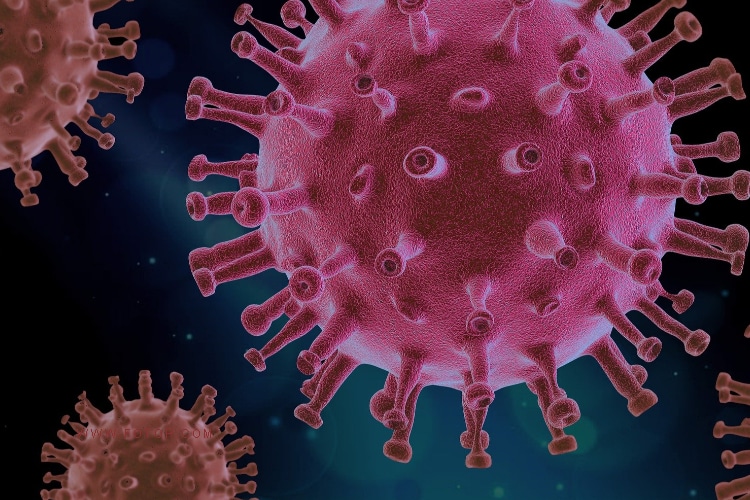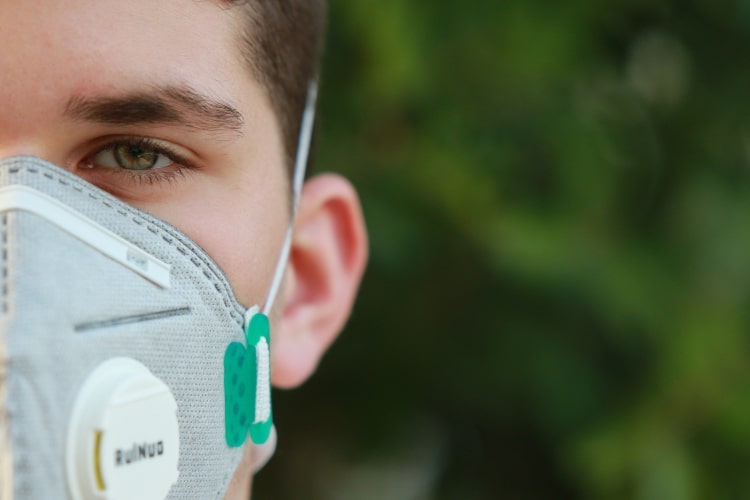
Stress Eating During Corona 20? Try Mindfulness
By Julie Potiker
Many of us are stress-eating junk food and might be packing on a size or two during this pandemic. People are even calling it the “Corona 20,” as compared to the old “Freshman 15”! Instead of letting food be our catchall for the emotional chaos we’re experiencing, there’s another, less detrimental option to consider: mindfulness practice.
If you haven’t tried it before, don’t let that intimidate you. Mindfulness is simply the practice of choosing where and how to focus your attention. Don’t expect yourself not to feel the intensity of this chaotic moment in time; that’s not realistic. Instead, let those intense feelings be a signal to you that it’s time to practice mindfulness.
It’s called a “practice” for a reason: the more you practice, the more effective this tool will be for you. The good news is that the barrier to entry is basically nonexistent. If you’re interested in giving it a try, you can start right here, right now, today.
Here are some mindfulness tips to help get you started, and to support you in regulating and rebalancing your emotional state so that you don’t automatically turn to food as your source of comfort. The goal here is to boost your emotional and physical health during this unprecedented moment in modern times.
Table of Contents
Practice the Pause
Practice paying attention to the moment you reach for food. When we’re stressed, eating can become automatic, but the truth is it’s always a choice. Pause and ask yourself, “Am I hungry right now, or is that stress I’m feeling?”
Listen to Your Body
What foods would most help your body feel healthy and strong right now? Make a list of your favorite healthy, nourishing foods and stick it on your fridge. Next time you reach for a snack, choose something from your list.
Eat Mindfully
Be the observer and pay mindful attention to the way you prepare, serve, and eat your food. Slice and dice mindfully; put your fork to your mouth mindfully; taste and chew mindfully. It’s also lovely to consider the source of the particular food — where and how it was grown, the farmers who produced it, the distribution chain that allowed you to enjoy your meal. That naturally leads to a moment of gratitude.
The goal is to stop worrying and ruminating by paying attention to what you are doing when you are doing it. Let’s use the base for a nourishing soup — carrots, celery, and onion — for illustration: Look at the color of the veggies; feel the water running over them; then feel the water on your hands; also, feel yourself drying the veggies and see yourself placing them on the cutting board. Feel the weight of the knife in your hands; notice the knife cutting the veggies, the sound of the cutting, any aroma released by the now-diced veggies. As you slide the veggies into a pan with warm oil, notice any sound, the look of the colors, the aroma. Feel the experience of stirring the veggies in the pan.
When you notice your attention being diverted to worrying about what might happen or ruminating on what you just learned that is upsetting, gently bring your attention back to the act of cooking. If you can keep your attention on this activity — even for two or three minutes — you will be giving your brain a much-needed break from the chaos.
Be Kind to Yourself
Mindful eating is not about depriving yourself or chastising yourself for your food choices. If you want to order a pizza or have some chocolate, that’s up to you! The idea here is to allow yourself a little more space around eating so that it doesn’t become thoughtless and automatic. Be present, treat yourself with Loving Kindness, and choose what feels best for you at this moment.






